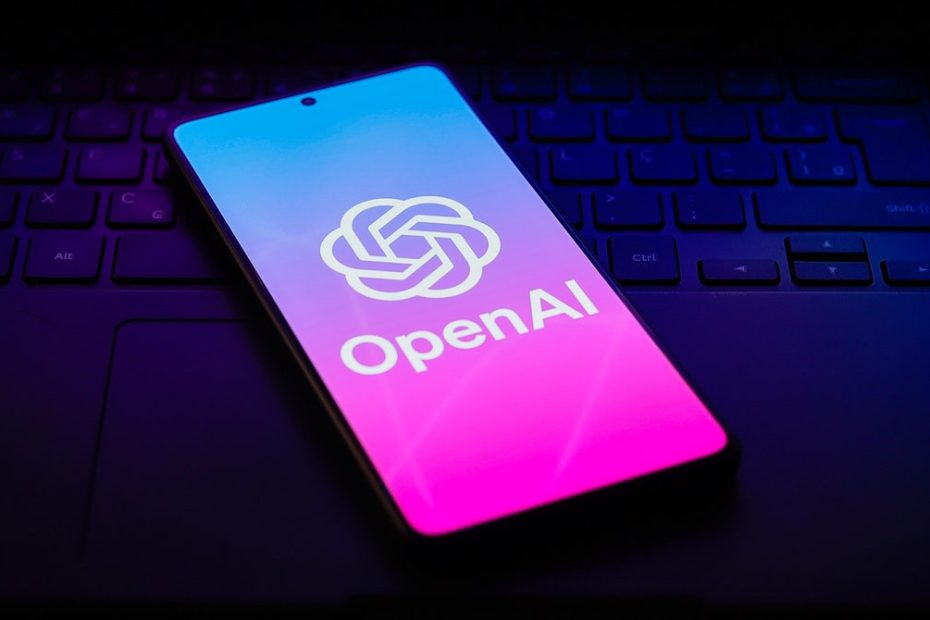OpenAI today announced a discounted “mini” model that it says will enable more businesses and programs to tap into its artificial intelligence. The new model, called GPT-4o mini and available today, is 60 percent less expensive than OpenAI’s cheapest existing model while offering increased performance, the company says.
OpenAI characterizes the move as part of an effort to make AI “as widely accessible as possible,” but it also reflects growing competition among AI cloud providers and rising interest in small, free, open-source AI models. Meta is expected to launch the largest version of its highly capable free offering, Llama 3, next week.
“The whole point of OpenAI is to build and distribute AI safely and make it broadly accessible,” Olivier Godement, a product manager at OpenAI who is responsible for the new model, tells WIRED. “Making intelligence available at a lower cost is one of the most efficient ways to do that.”
Godement says the company has developed a lower-cost offering by improving the model architecture and refining the training data and training regimen. GPT-4o mini outperforms other “small” models on the market in several common benchmarks, OpenAI says.
OpenAI has carved out a significant presence in the cloud AI market thanks to the remarkable capabilities of its chatbot, ChatGPT, which debuted in late 2022. The company gives outsiders access to the large language model powering ChatGPT, called GPT-4o, for a fee. It also offers a less powerful model, called GPT-3.5 Turbo, for about a tenth of the cost of GPT-4o.
The interest in language models sparked by the wild success of ChatGPT has prompted competitors to develop similar offerings. Google, a pioneer in AI, has made a big push to build and commercialize a large language model and chatbot under the Gemini brand. Startups like Anthropic, Cohere, and AI21 have raised millions to build and market their own large language models to enterprise customers and developers.
Building the best performing large language models requires huge financial resources, but some companies have chosen to open source their creations to attract developers to their ecosystems. The most prominent open source AI model is Meta's Llama; it is free to download and use, but the license imposes certain restrictions on commercial use.
In April, Meta announced Llama 3, its most powerful free model. The company released a small version of the model with 8 billion parameters, a rough measure of a model’s portability and complexity, and a more powerful, medium-sized version with 70 billion parameters. The medium-sized model comes close to matching OpenAI’s best offering on several benchmark scores.
Multiple sources confirmed to WIRED that Meta plans to release the largest version of Llama 3, with 400 billion parameters, on July 23, though they say the release date is subject to change. It’s unclear how capable this version of Llama 3 will be, but some companies have turned their attention to open-source AI models because they’re cheaper, more customizable, and offer more control over a model and the data it’s fed.
Godement acknowledges that customer needs are evolving. “What we’re seeing more and more in the market is developers and enterprises are mixing small and large models to build the best product experience for the price and latency that makes sense for them,” he says.
Godement says OpenAI’s cloud offerings provide customers with models that have undergone more security testing than competitors. He adds that OpenAI could eventually develop models that customers can run on their own devices. “If we see a huge demand, we can open that door,” he says.

